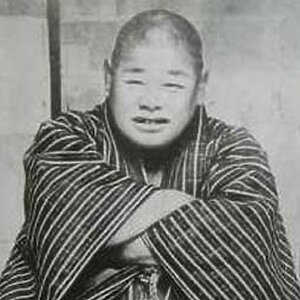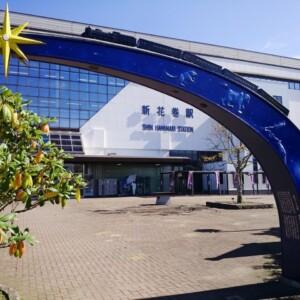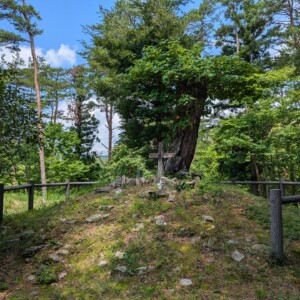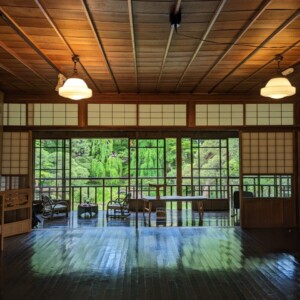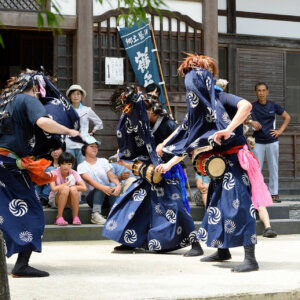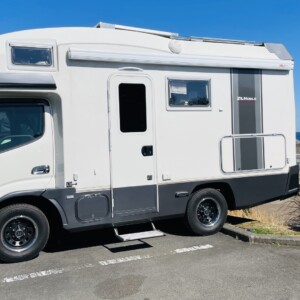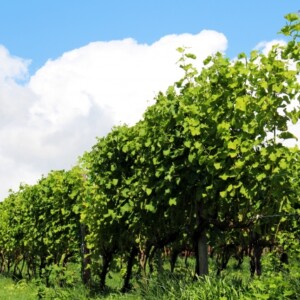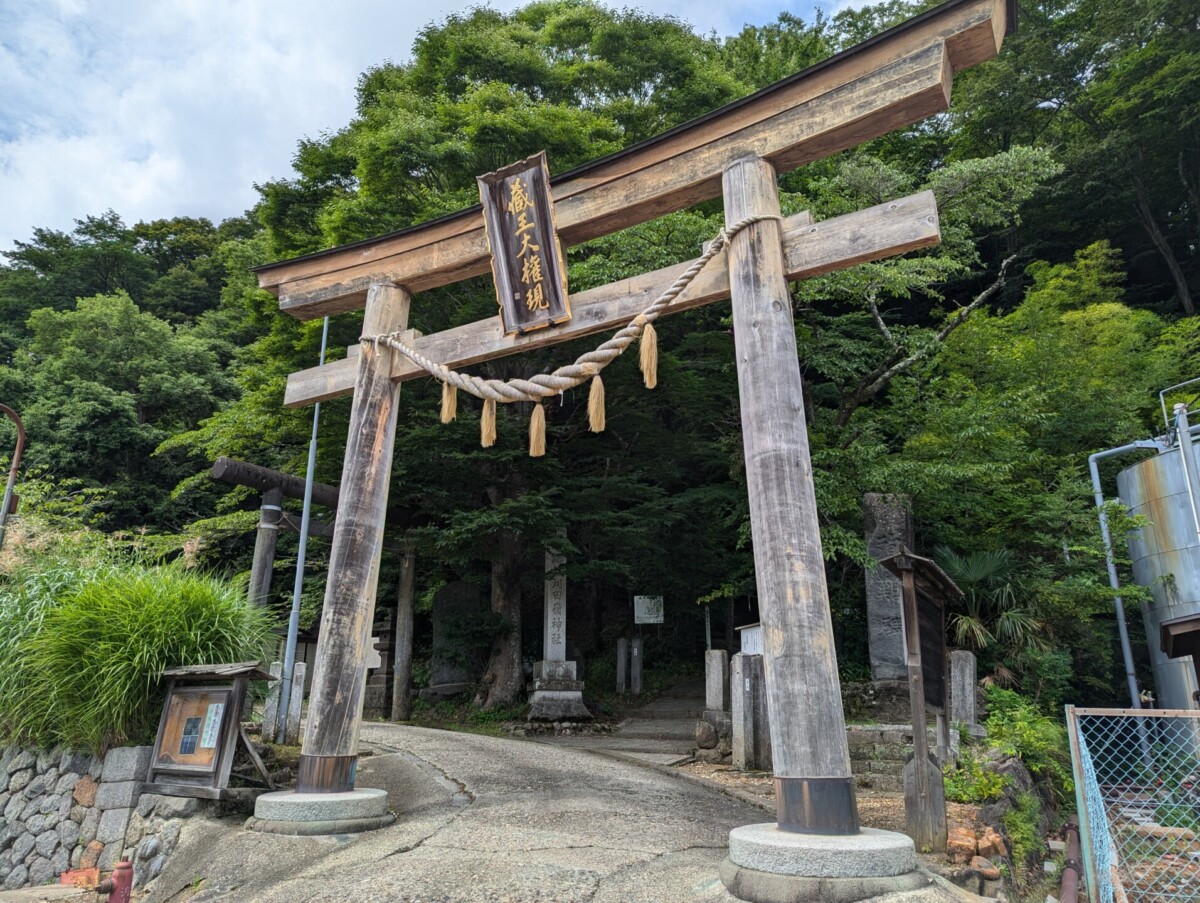
Are there any sacred objects that are constantly moving in the hot spring towns at the top and at the foot of the mountain? Karitarein Shrine in Miyagi Zao [Miyagi Prefecture]
table of contents
The Ou Mountains and Zao Mountain Range straddle Miyagi and Yamagata Prefectures. Did you know that on the Miyagi Prefecture side of the Zao Mountain Range, there is a shrine whose deity repeatedly moves during the summer and winter?
Kattamine Shrine, located at the summit of Mt. Kattadake and Togatta Onsen
Kattamine Shrine is a shrine located in the hot spring town of Togatta Onsen at the eastern foot of Mt. Kattadake on the Miyagi Prefecture side of the Zao Mountain Range, and is paired with Kattamine Shrine of the same name at the summit of Mt. Kattadake. The mountaintop side is Okumiya , and the Togatta Onsen side is called Satomiya
By the way, there is another shrine in Zao Town called Kattamine Shrine (also known as Shiratori Daimyojin), but this one has a slightly different origin.

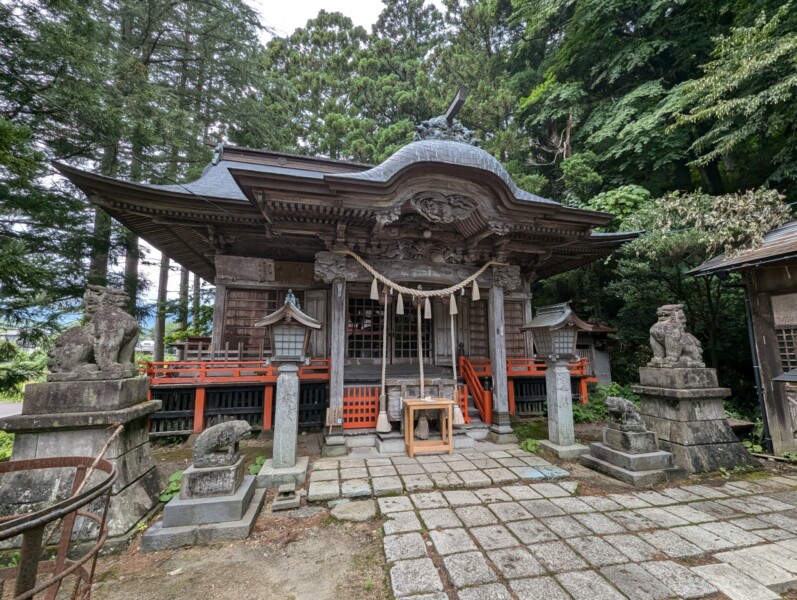
Okumiya and Satomiya are approximately 20km apart, from the summit of Mt. Kattadake to the Togatta hot spring town at the foot of the mountain.
The history of Kattamine Shrine and the seasonal changes of its deity
has its roots in Shugendo, which was established from the Nara period to the beginning of the Heian period, combining mountain worship with elements of Buddhism and Taoism
At that time, ascetic ascetics were entering the mountains of various places and opening dojos, Enno Ozunu, the leading sorcerer of the Asuka period, and his uncle, Ganyuki, who was himself a famous ascetic monk, It is said that the origin of the tradition dates back to the time when a monk named this area as his place of ascetic training and prayed to the mountaintop for Zao Daigongen, the deity enshrined at the Zao Hall of Yoshino Kinpusenji Temple in present-day Nara Prefecture. It is said that it came to be called ` `Zaozan'', the mountain where ``Zao Daigongen'' is enshrined
However, the shrine has been destroyed by eruptions several times up until now, so has it been on the summit of Mt. Kattadake since then? is not certain. There are records that it was enshrined at the summit of Mt. Kattadake in the late Edo period.
Afterwards, when Shinto and Buddhism were separated during the Meiji Restoration, the name was changed to ``Mikumari Shrine'' in 1898, and then ``Kattamine Shrine'' in 1888.
Seasonal change so you can visit even in the snowy winter season
Mt. Zao has a lot of snow, and during the winter it is closed in snow, making it impossible to visit the shrine at the top of the mountain.
Therefore, a system was adopted in which the deity was relocated to a shrine in Togatta Onsen at the foot of the mountain to make it easier to visit. In the summer, you can visit Okumiya at the top of the mountain, and in winter, you can visit Satomiya at the foot of the mountain, and the same deity comes and goes depending on the season, so it's two shrines in one.
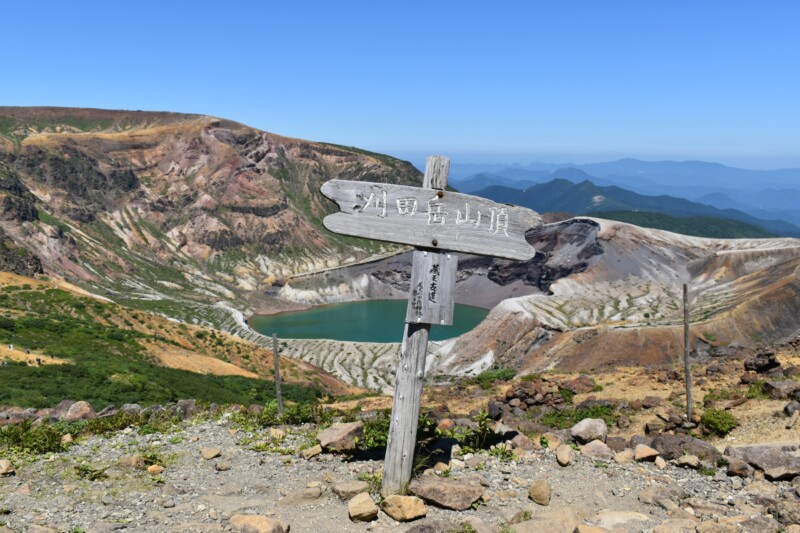
This custom continues to this day, and when the Zao Echo Line and Zao High Line open around the end of April every year, the relocation from Satomiya to Okumiya is carried out, marking the beginning of spring and summer. After the autumn equinox has ended, the sacred object that was spent at the summit of Mt. Kattadake is transferred from Okumiya to Satomiya as part of the ``Goshintai Descending Ceremony'' on the first Sunday of October.
For this reason, Kattamine Shrine "Satonomiya" in Togatta Onsen was called "Okarinomiya" (Zao Daigongen Traveling Palace). Does this mean that it is an ``inn of sacred objects'' that travel to the foot of the mountain every year?
Touch the history of guardian dogs! Guardian dogs at Kattamine Shrine “Satonomiya”
There are three pairs of guardian dogs at Kattamine Shrine Satomiya. Guardian dogs were originally used as guardian statues of imperial palaces. It is said that it was after the Edo period that they were eventually placed on the approach to shrines and became popular throughout the country.
The three pairs of guardian dogs in the precincts of Kattamine Shrine Satomiya are a valuable example of the changes in guardian dog culture.
Hajime guardian dog
It is thought that guardian dogs were not yet common in the Edo period, and were created based on information passed down by stonemasons and the petitioners. It lacks three-dimensionality and looks more like a frog than a guardian dog.
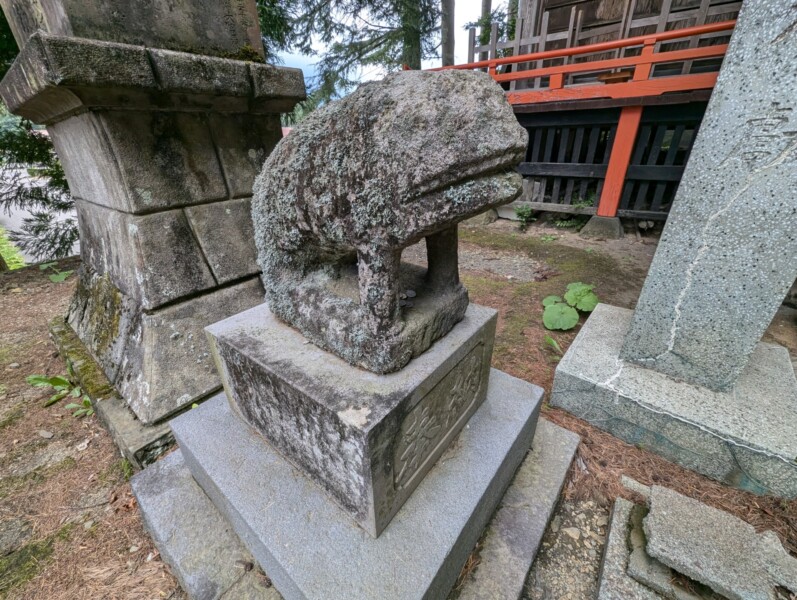
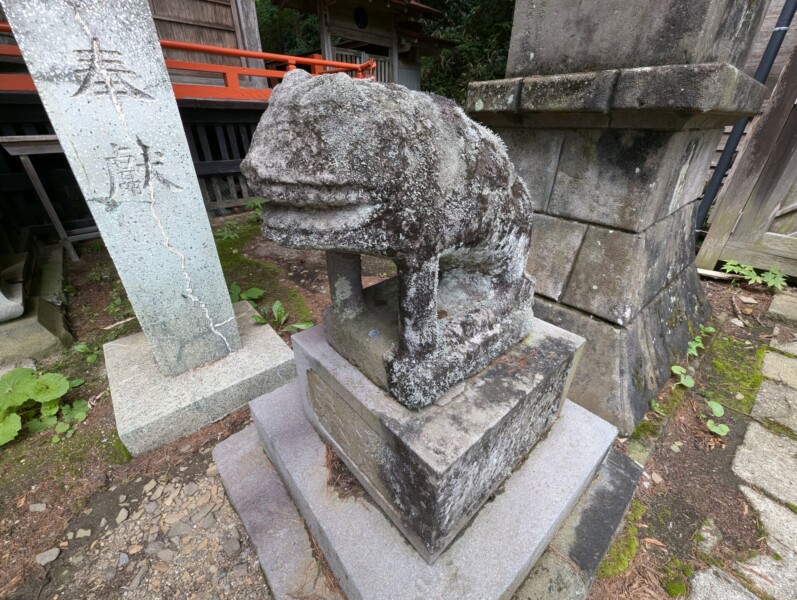
Izumo posture type guardian dog
A lively guardian dog that lifts its butt high and looks like it's about to pounce. It is said that it was produced in large quantities from the Edo to Taisho periods using Kimachi stone produced in the Izumo region, and was distributed throughout the country mainly by Kitamaebune ships.
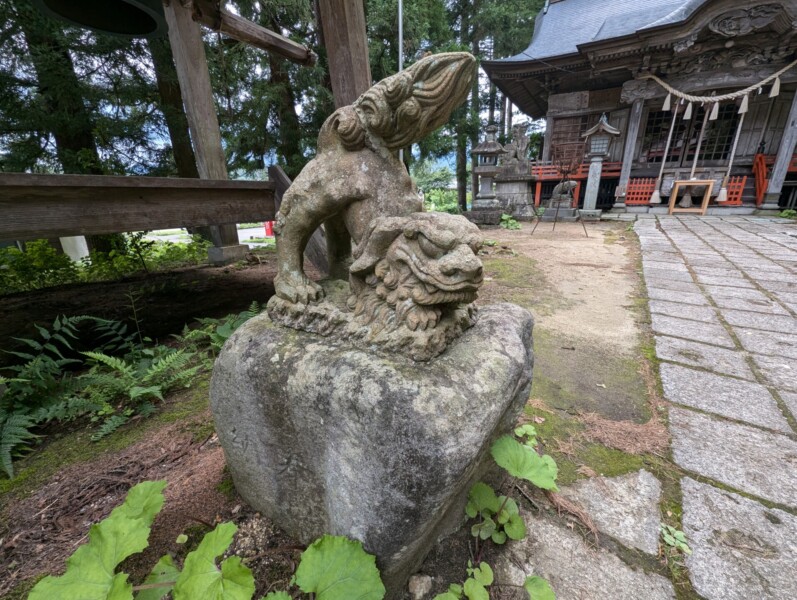

protector type guardian dog
A guardian dog with thick limbs and a brave chest. It became very popular in the 1930s (during the Pacific War) and was dedicated to shrines all over the country. The one at Kattamine Shrine is said to have been created after the war.
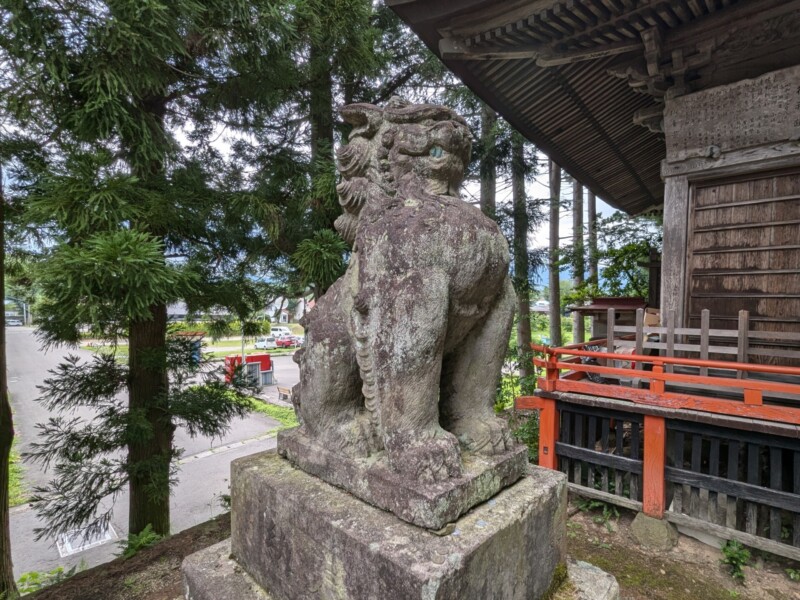
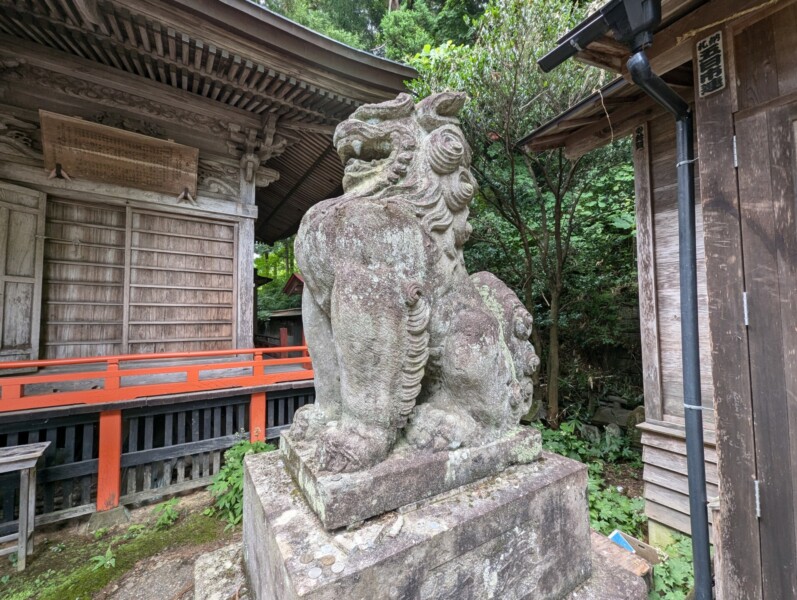
summary
The god of Zao comes down to the hot spring town of Togatta only during the winter season. This is a rare opportunity, so if you have a chance to visit Togatta Onsen in winter, please come and visit us.
Kattamine Shrine<Information>
- Name: Zao Kattamine Shrine (Satomiya)
- Address: 1 Togatta Onsen Nakacho, Zao-machi, Katta-gun, Miyagi Prefecture, 989-0912
- Phone number: 0224-34-2620
- Official URL: Miyagi Prefectural Shrine Agency
Google Maps
- Name: Zao Kattamine Shrine (Okumiya)
- Address: Shichikashuku-cho, Katta-gun, Miyagi Prefecture, 989-0916
- Phone number: 0224-34-2620
- Official URL: Zao Town Tourism and Products Association



![Scary and slightly sad stories... "Michinoku Otogi Kaido" with many stories left behind [Shichigasyu-cho, Shiraishi City, Miyagi Prefecture] Fairytale images](https://jp.neft.asia/wp-content/uploads/2023/04/be73b392233d2fe609797e999f8ca547-1-150x150.jpg)
![Kurikoma foot Geopark learned from large-scale landslide disasters [Miyagi Prefecture] Autumn leaves of Mt. Kurikoma](https://jp.neft.asia/wp-content/uploads/2023/08/22090138_m-150x150.jpg)
![Demon's Jigokudani Promenade! The geyser of the steam is truly a hellish sight! ? [Miyagi Prefecture] 5148713_m](https://jp.neft.asia/wp-content/uploads/2023/08/5148713_m-150x150.jpg)
![The timber rocks in Shiraishi Obara are natural phenomena, and are spectacular spots with columnar joints! [Miyagi Prefecture] FE8E1C5D-891F-4A2B-B0BB-BB4536BF6858_105_c](https://jp.neft.asia/wp-content/uploads/2023/07/FE8E1C5D-891F-4A2B-B0BB-BB4536BF6858_1_105_c-150x150.jpeg)
![[Miyagi Prefecture] Remember the Miyagi dialect! “So,” “suddenly,” “good morning socks”? good morning socks](https://jp.neft.asia/wp-content/uploads/2023/09/fashion_kutsushita_ana-150x150.jpg)
![The place you should not come and the phantom checkpoint "Nakura no Seki" written in waka poetry [Fukushima Prefecture] 0438-016](https://jp.neft.asia/wp-content/uploads/2022/11/0438-016-150x150.jpg)
![[Tohoku] Where should we go during Golden Week in 2023? How about visiting zoos and aquariums in Tohoku? 26245129_m](https://jp.neft.asia/wp-content/uploads/2023/04/26245129_m-150x150.jpg)
![[Serialization: Following the narrow path in the back part 2] After arriving in Miyagi Prefecture, Basho and Sora aim for Sendai, the capital of forests. Oku no Hosomichi 2](https://jp.neft.asia/wp-content/uploads/2023/09/f05201ee29d975b84ec437a8b76f2b98-150x150.jpg)

